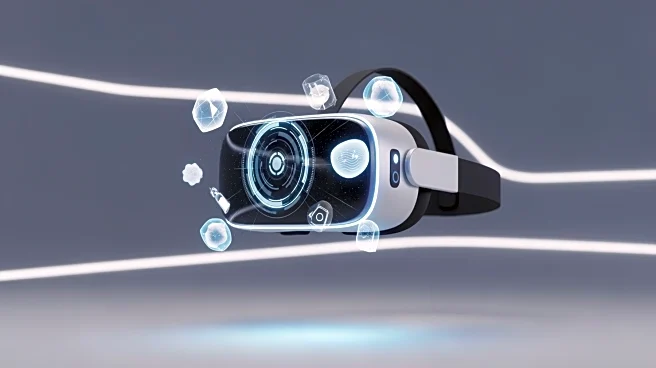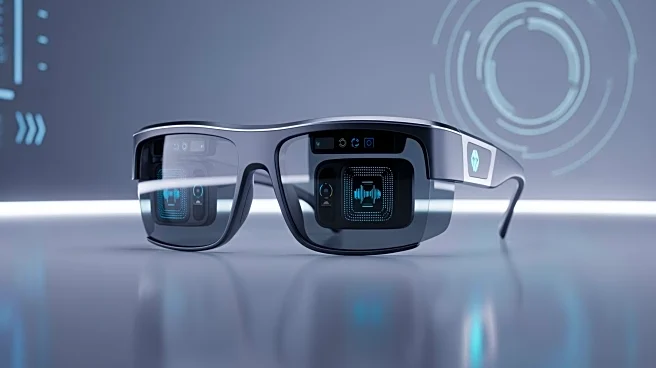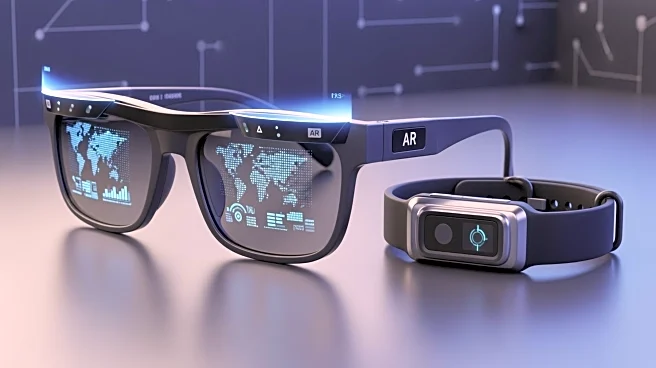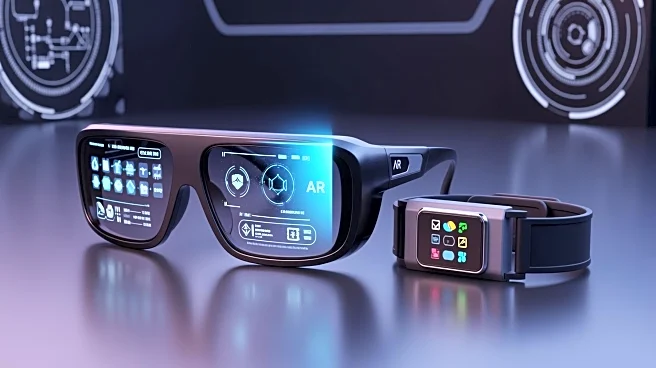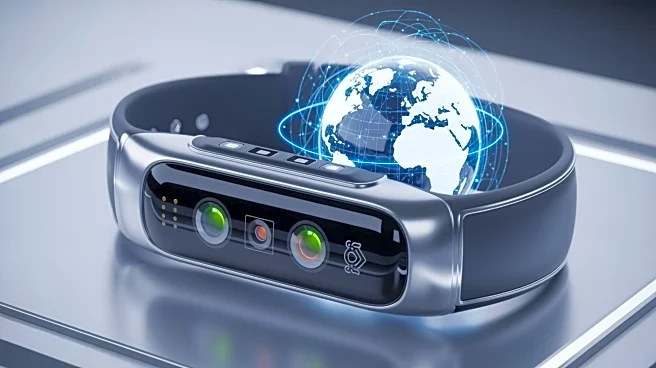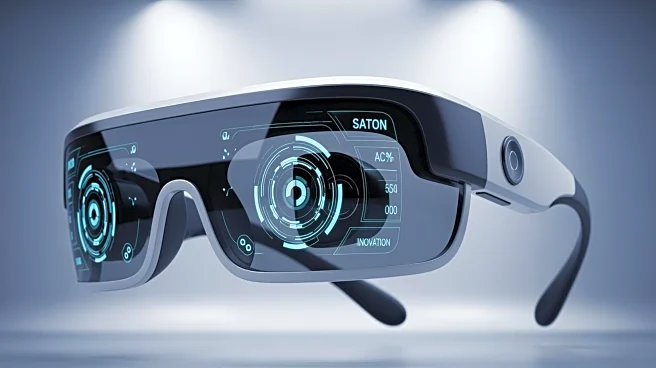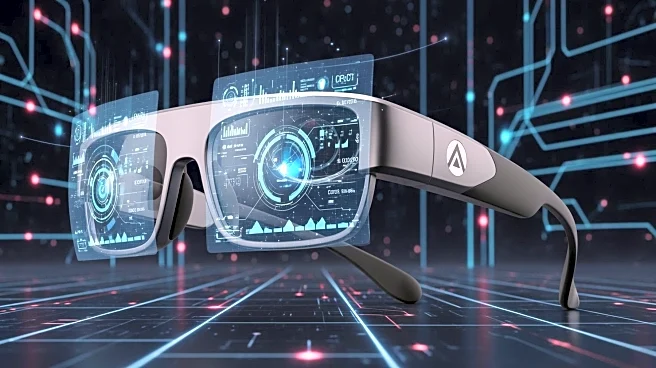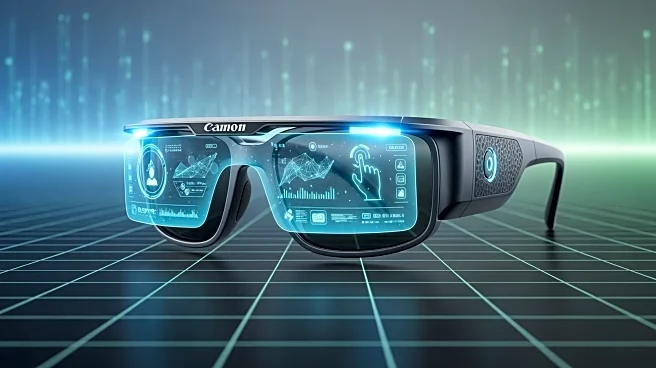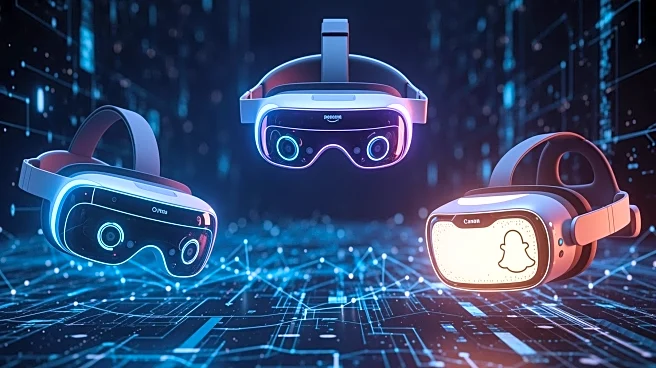What's Happening?
October 2025 has seen a cluster of significant developments in augmented reality (AR), with seven key breakthroughs indicating a shift towards wider adoption. Niantic's Peridot has evolved from a phone
pet to a talking tour guide on Snap Spectacles, while Samsung has teased a major headset project, and Apple has quietly enhanced its Vision Pro hardware. These advancements highlight the convergence of hardware, AI, and wearables, potentially transforming how AR is integrated into daily life. The developments suggest a move towards more interactive and context-sensitive AR experiences, with implications for both consumers and developers.
Why It's Important?
These AR breakthroughs are set to reshape the landscape of smart glasses and phones, driving innovation and competition among major tech companies. The integration of AI-driven voices and biometric data into AR experiences could redefine user interactions, making AR more social and informative. As companies like Samsung and Apple push for faster hardware and software updates, consumers will face new choices in AR ecosystems, potentially leading to increased adoption and market growth. The strategic shifts by companies like Niantic indicate a pivot towards spatial platform services, which could alter business models and value propositions in the AR industry.
What's Next?
The acceleration in hardware choice and AI-driven experiences is expected to continue, with developers focusing on lower-latency chips and WebXR compatibility. As companies like Samsung and Snap prepare for product launches, consumers will encounter more purchase decisions and opportunities to engage with AR technologies. The industry will be watching to see which AR ecosystem can capture consumer attention and drive adoption, as well as how privacy concerns are addressed in the integration of biometric data.
Beyond the Headlines
The integration of biometric data into AR experiences raises ethical and privacy concerns, as users must consider the implications of sharing physiological data with AR apps. Additionally, the shift towards AI-driven voices and contextual guides may influence cultural perceptions of technology, as users navigate the balance between convenience and privacy in their interactions with AR companions.
